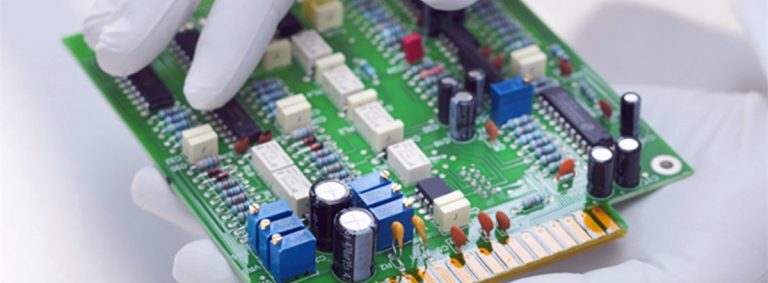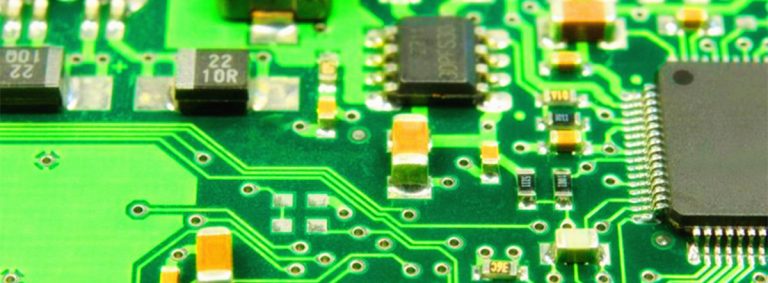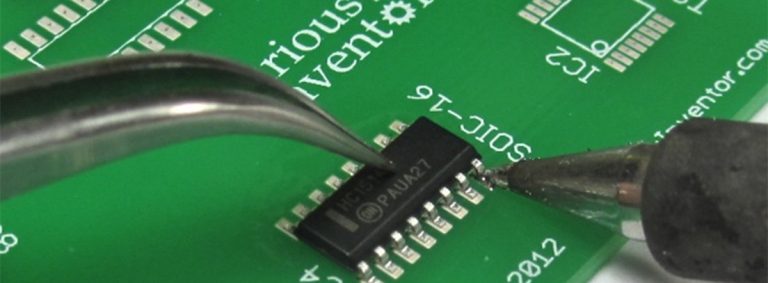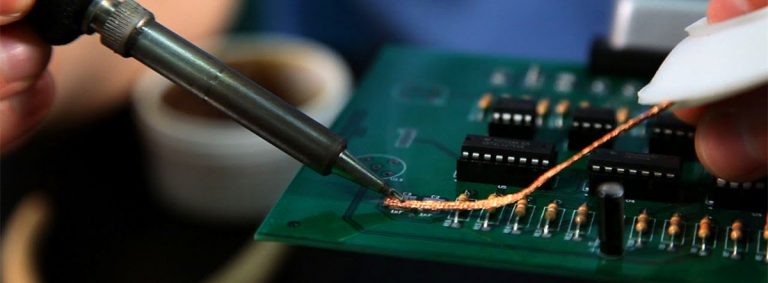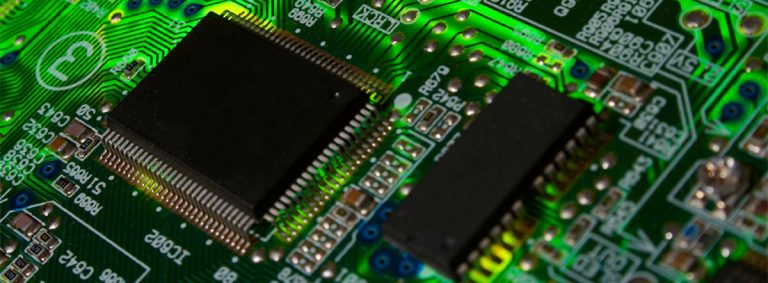What Problems Should Be Paid Attention to in the Wave Soldering Process?

Wave soldering Process is a batch soldering process used to manufacture PCBs. The basic equipment used in the process is the conveyor that moves the PCB through the different areas, the solder pan used during the soldering process, the pump that creates the actual waves, the sprayer for the flux, and the preheat pad. Solder is usually a mixture of metals. Wave soldering is mainly used for the soldering of through-hole components.
What problems should be paid attention to in the wave soldering process?
1. There is green oil in the component hole, resulting in poor tin plating in the hole. The green oil in the hole should not exceed 10% of the hole wall, and the number of holes in the inner green oil should not exceed 5%.
2. The thickness of the coating is not enough, resulting in poor tin plating in the hole.
3. The thickness of the coating on the hole wall of the component is not enough, resulting in poor tin plating in the hole. For example copper thickness, tin thickness, gold thickness, etc. Generally, the thickness of the hole wall should be greater than 18 μm.
4. The hole wall is too rough, resulting in poor tin plating or pseudo-welding in the hole. If the hole wall is too rough, the coating will be uneven; some coatings are too thin, which will affect the effect of tinning.

5. The hole is wet, causing false soldering or air bubbles. Packaging fr4 circuit boards when they are not dry or cool, and when they are left unpacked for long periods of time, etc., can lead to moisture in the holes, false soldering, or air bubbles.
6. The size of the pad is too small, resulting in poor soldering.
7. The inside of the hole is dirty, resulting in poor welding. Inadequate cleaning of the PCB prototype board, such as the gold plate not being pickled, results in impurities and dirt remaining on the holes and pads, affecting the tin effect.
8. Because the hole size is too small, the parts cannot be inserted into the holes, resulting in welding failure.
9. Due to the offset of the positioning hole, the component cannot be inserted into the hole, resulting in welding failure.


